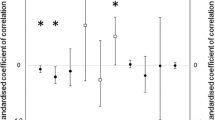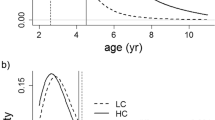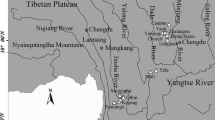Abstract
Sexual size dimorphism may evolve as a result of both natural and sexual selection. In polygynous mammals, the main factor resulting in the evolution of large body size in males is the advantage conferred during competition for mates. In this study, we examined whether sexual selection acts on body size in mature fallow bucks (Dama dama) by examining how the following traits are inter-related: age, body (skeletal) size, body mass, prerut dominance rank, rut dominance rank and mating success. This is the first study to examine how all these factors are together related to the mating success of a large sexually dimorphic and polygynous mammal. We found that male mating success was directly related to body size, but not to body mass. However body mass was related to prerut dominance rank which was in turn strongly related to rut dominance rank, and thus there was an indirect relationship between mating success and body mass. Rut dominance rank was the variable most strongly related to mating success. Mating success among mature males was unrelated to age. We conclude that larger mature fallow bucks have advantages over other males when competing for matings, and sexual selection therefore continues to act on sexual size dimorphism in this species. Heavier fallow bucks also have advantages, but these are mediated through the dominance ranks attained by males before the rut.
Similar content being viewed by others
Author information
Authors and Affiliations
Additional information
Electronic Publication
Rights and permissions
About this article
Cite this article
McElligott, A., Gammell, M., Harty, H. et al. Sexual size dimorphism in fallow deer (Dama dama): do larger, heavier males gain greater mating success?. Behav Ecol Sociobiol 49, 266–272 (2001). https://doi.org/10.1007/s002650000293
Received:
Revised:
Accepted:
Published:
Issue Date:
DOI: https://doi.org/10.1007/s002650000293




